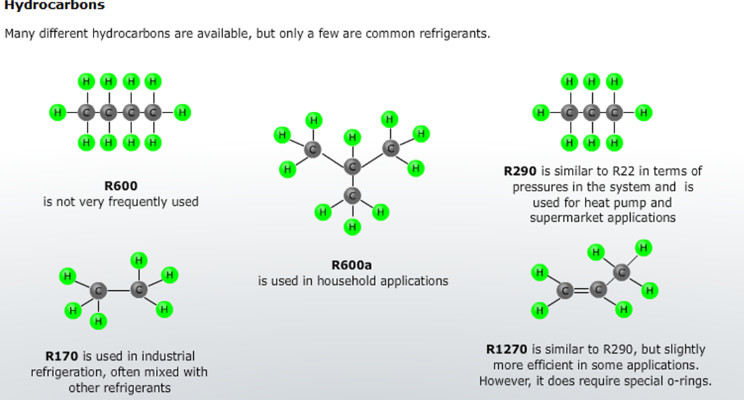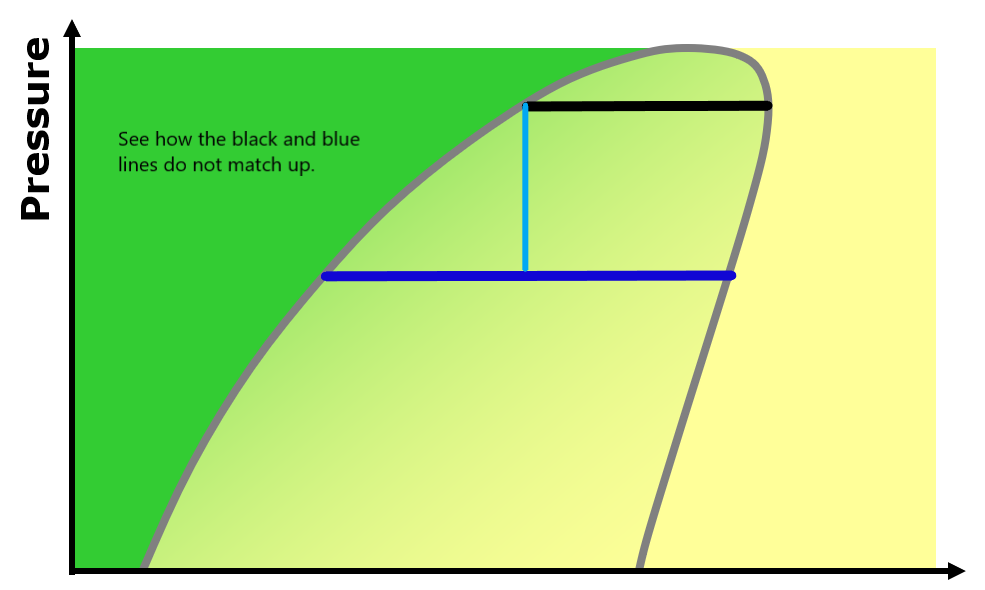Europe has always had a large head start on equipment and efficiency, I have 35 years in and have seen a lot of great equipment that either got worse when converting to our voltage or just never made it because of not enough market to make it worth the cost of going through the testing.
I've seen the same, fixed my first AC unit for pay 28 years ago. Back then I did residential alongside my primary specialty just due to customer requests. When the state formed a HVAC licensing board with continuing education requirements for lead, asbestos, etc, I decided I didn't want to give the state another form of "taxes" and quit residential for the public. I had enough to do working 100 hour weeks during the spring, summer and fall.
It's not that state licensing wasn't needed, I had seen enough hacks working out there that some minimum requirements were needed. Residential just wasn't where the big money was for me.
I commonly see some of the stupid things tried concerning HVAC and controls, then the engineers realize it doesn't work well or stand the test of time and they go back to proven concepts. Then those engineers must retire and a new crop fresh out of college come along and make the same mistakes.

I think the market will provide the push needed on changes coming to residential HVAC due to increasing utility rates, the public moving towards more renewables as energy costs rise plus wanting efficiency along with lower installation costs and government forcing adoption of lower GWP refrigerants. Current refrigerants do not seem to work well in very cold climates.
I've run across enough propane in systems over the years and I know it did work well but the systems were not designed for it. I saw plenty of it back when R12 retrofitting was the biggest market.
A local Mennonite family decided to build their own ground source heat pumps and as none of them were 608 certified they purchased refrigerant off the internet. I had been called to look at a tractor they had installed it in one day that had blown the head off the compressor, the identifier flagged the hydrocarbons immediately. I packed up the service truck and left. About a month later there was an explosion in the basement of one of the houses and the fire department was called. They found what looked like a 20 lb propane tank hooked to the heat pump, story was there was a small leak and so the husband who was in PA at the time, had been just adding refrigerant now and then.
The chair of the state licensing board showed up and it was quite the show from what I heard.






